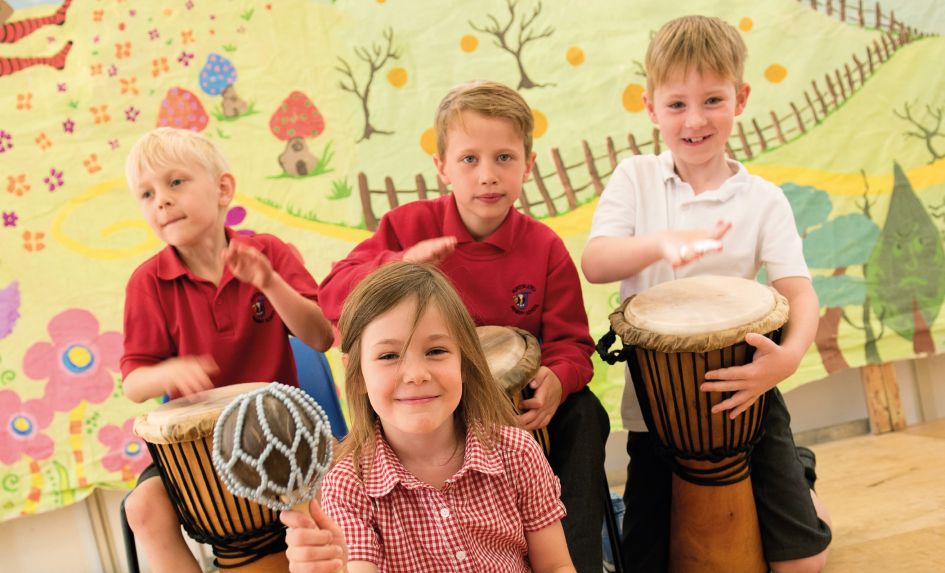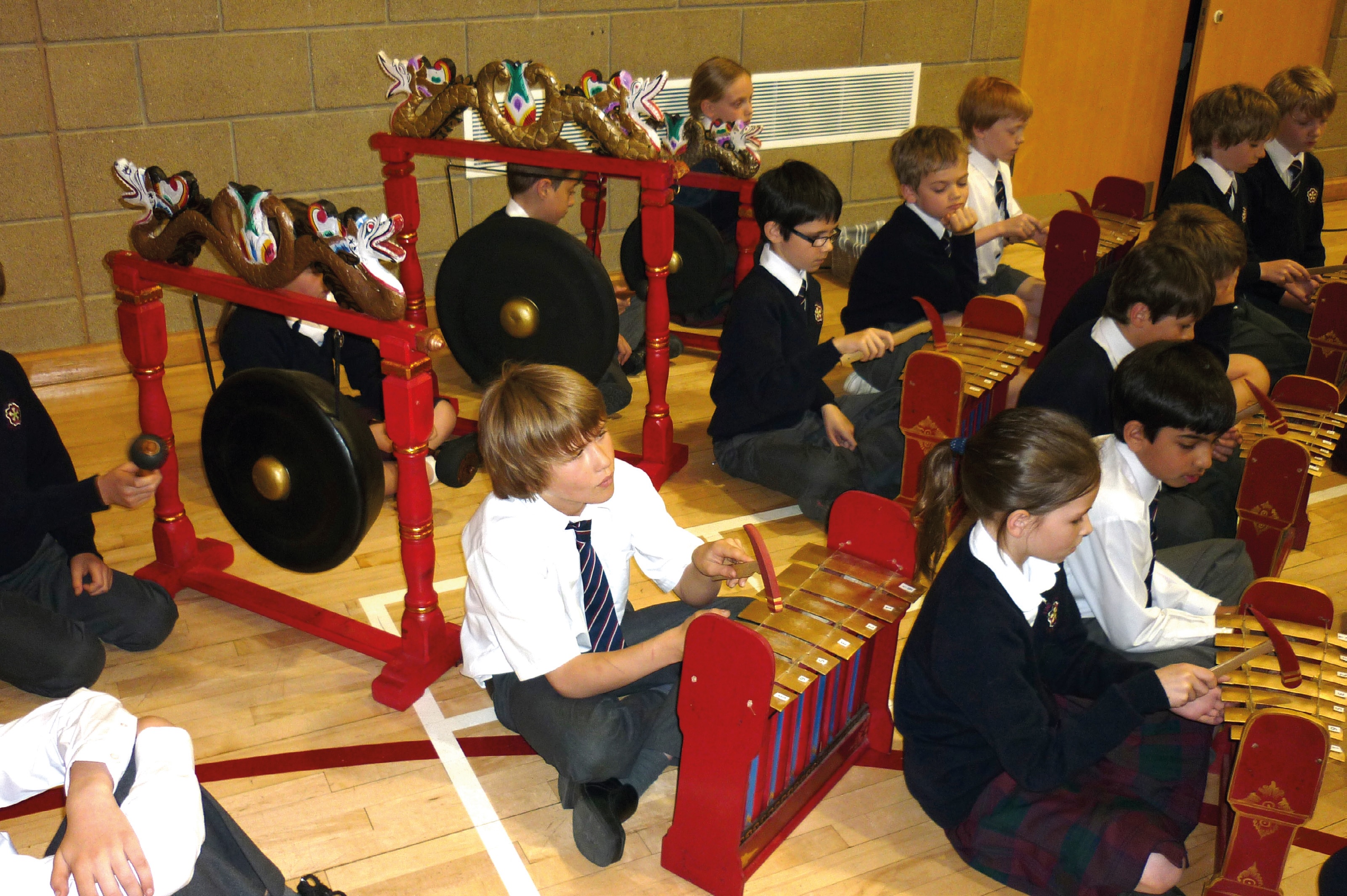The government’s National Music Plan calls on schools to deliver a high quality music education to their pupils, insisting that every pupil should have the opportunity to learn an instrument and make music with others.
These are laudable objectives, and with the right approach, schools can meet them and at the same time develop pupils’ life skills, increase teachers’ productivity and see a range of cross-curricular benefits.
For many years, Drums for Schools has provided teachers with a means of teaching various world music styles, including African drumming, Indonesian gamelan, Brazilian samba, Caribbean steel pans and Japanese taiko. These styles are popular with children and school staff alike, but also extremely effective prompts for learning.
Inclusive
The instruments involved are easy for beginners to get to grips with and require relatively little time to be spent on acquiring technique, allowing the majority of lesson time to be spent actually playing. There’s still scope for differentiation, however, by, for example, assigning the more complex patterns and sophisticated rhythms of an African drumming lesson to those pupils who are more able.
Rigorous
A term’s lessons will see pupils covering elements of music, musical notation, improvisation, composition and performance. Drums for Schools’ world music programmes dovetail neatly with traditional music syllabi while linking across subjects, and can be a useful hook on which to hang other curriculum work involving history, geography, languages and even maths.
Progressive
World music programmes need not be ‘one term wonders’. Our teaching guides and repertoire of ensemble pieces allow for continuous progression over the course of a school year or longer. Lateral progression can be built in by, for example, starting with African drumming before adding a module on steel pans, helping to reinforce learning and provide a broader musical perspective.
Cost-effective
Crucially, teachers themselves take the lead in developing their school’s musical culture. This prevents music making from becoming just a weekly one-off that comes and goes with visiting music professionals; instead, new teaching skills can be developed in-house and extended to every pupil. Moreover, instrument sets and teaching materials cost from as little as £1 per pupil per year.
Drums for Schools’ 30 player world music packs start at £157 for World Percussion and £597 for African Drumming, equating to £1 per pupil, per year for a school of 300 pupils. Teaching is carried out by schools in-house, using supplied instruments, teaching guides, lesson plans and online audiovisual materials.
For more information visit: drumsforschools.com or follow @DrumsforSchools.












